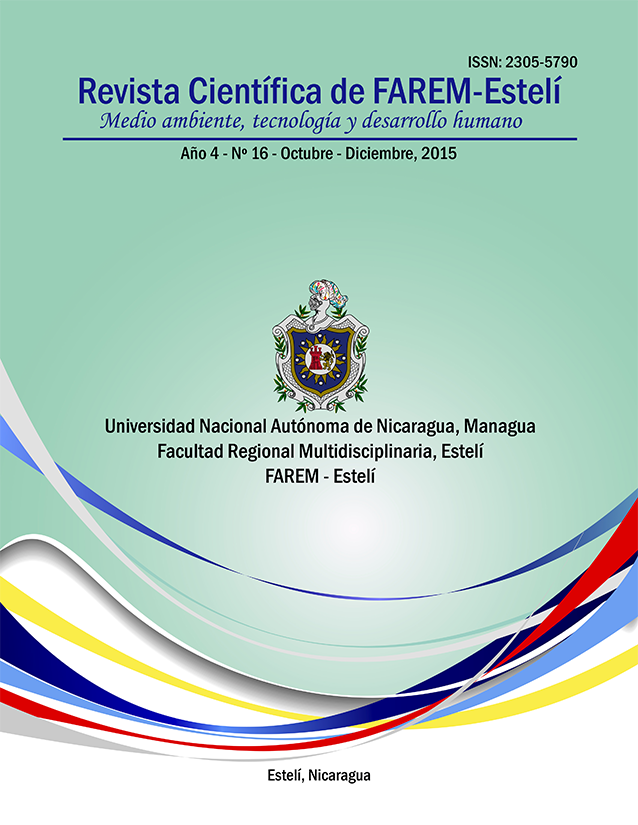Focusing on Speech Acts to Understand and Teach Pragmatics in Language Instruction
Abstract
Pragmatics is considered to be an important aspect of language instruction. Today, scholars in language instruction recognize that learners must develop linguistic as well as pragmatic competence. Pragmatic competence helps learners understand, employ, and interpret language in context. However, pragmatics is regarded as one of the most strenuous aspects of language teaching and learning. Studies in pragmatics still seek to respond to the question about the teachability of targeted pragmatic features, which opens the question about whether pragmatics can be taught effectively. Can pragmatics be fully taught or must educators focus on key features of pragmatics such as speech acts, which is perhaps currently the most important established part of the subject? Certainly pragmatics and language teaching should accompany each other. However, in order to assist and assess learners in the appropriate use of language in context, language teachers today must receive some explicit instruction about pragmatics themselves. They need to be acquainted with the resources available to teach pragmatic norms. Speech acts, as part of pragmatics, can help teachers orient their instruction on developing a general awareness of how language forms are used in context. Speech acts provide a framework on which teachers can build learning opportunities for L2 pragmatic development. Speech acts can greatly support students´ development of pragmatic competence. Focusing on speech acts to teach pragmatics seems to be the answer today in language instruction; at least until new classroom research arise to help teachers find resources and materials of pragmatic features and norms.
Keywords: pragmatic competence, speech acts, English Language Learner (ELLs), second language (L2), target language (TL), Second Language Acquisition (SLA), English as a Foreign Language (EFL).
Downloads
Downloads
Published
How to Cite
Issue
Section
License
Copyright (c) 2016 Revista Científica FAREM - Estelí

This work is licensed under a Creative Commons Attribution-NonCommercial-ShareAlike 4.0 International License.

